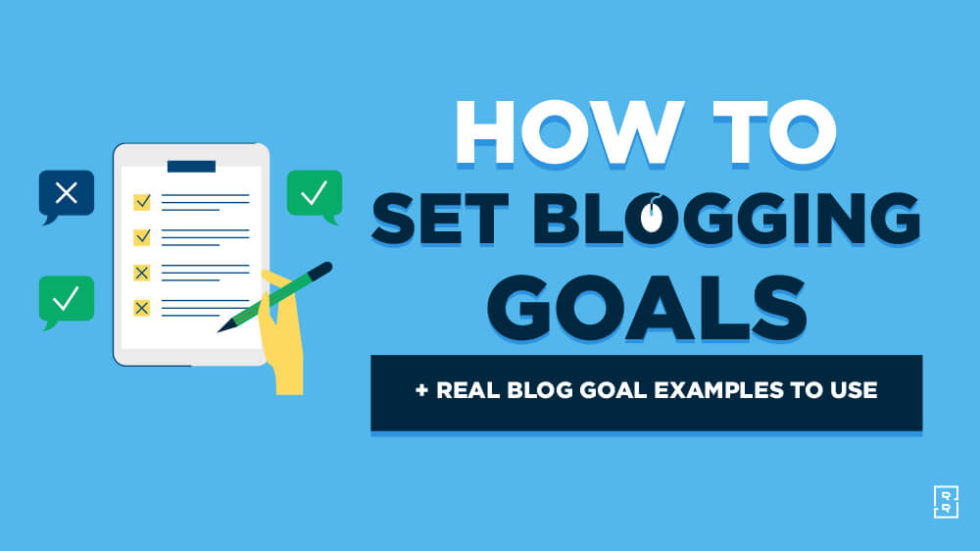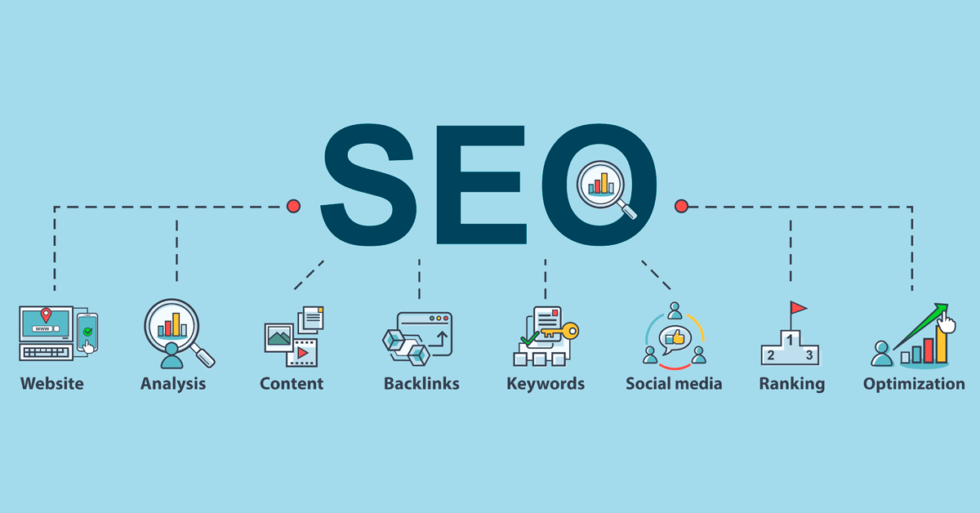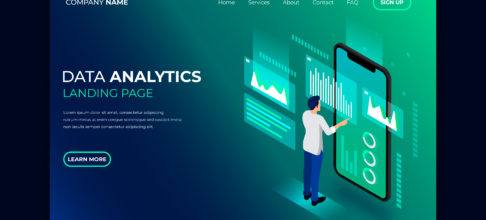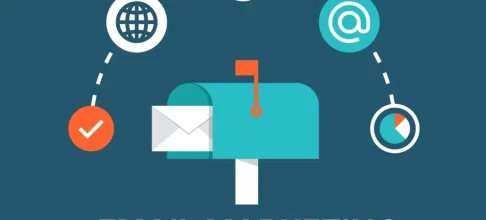Introduction:
In today's digital landscape, blogging has become a powerful tool for individuals and businesses to share valuable content, connect with audiences, and establish thought leadership. However, a successful blogging strategy requires careful planning and effective management. In this blog post, we explore the key steps and best practices for planning and managing a successful blogging strategy. Whether you're a beginner or looking to take your blog to the next level, let's dive in and uncover the secrets to blogging success.
Defining Your Blogging Goals:

- Clarifying Your Objectives: Determine the purpose of your blog and the goals you want to achieve. Are you aiming to educate, entertain, build a community, or drive traffic to your website? Understanding your objectives will shape your content strategy.
- Identifying Your Target Audience: Define your target audience and their preferences, interests, and pain points. Tailoring your content to their needs will increase engagement and attract a loyal readership.
Content Planning and Creation:

- Conducting Keyword Research: Learn the importance of keyword research in driving organic traffic to your blog. Discover tools and techniques to identify relevant keywords and incorporate them strategically into your content.
- Developing an Editorial Calendar: Create a structured plan for your blog content by developing an editorial calendar. This allows you to stay organized, maintain consistency, and ensure a diverse range of topics.
- Crafting Compelling Content: Master the art of creating engaging and valuable content that resonates with your audience. Explore different content formats, such as articles, lists, interviews, tutorials, and multimedia content, to keep your blog fresh and varied.
Optimizing for Search Engines:

- On-Page SEO: Learn the fundamentals of on-page search engine optimization (SEO) techniques to improve your blog's visibility in search engine results. Explore strategies for optimizing headlines, meta tags, URLs, and content structure.
- Internal and External Linking: Understand the significance of internal and external linking to enhance the user experience and improve your blog's SEO. Discover best practices for incorporating relevant links within your content.
Promoting Your Blog:

- Social Media Promotion: Develop a social media promotion plan to amplify the reach of your blog posts. Explore different platforms and techniques for sharing your content effectively and engaging with your audience.
- Email Marketing: Utilize email marketing to build a loyal readership and keep your audience informed about new blog posts. Learn how to create compelling newsletters and optimize your email campaigns.
Measuring and Analyzing Performance:
- Monitoring Blog Analytics: Implement tools to track and analyze key performance metrics for your blog, such as website traffic, engagement, bounce rate, and conversion rates. Use this data to evaluate your strategy's effectiveness and make informed decisions.
- Iterating and Refining: Continuously refine your blogging strategy based on data-driven insights. Experiment with different content types, promotion techniques, and optimization strategies to improve your blog's performance.
Conclusion:
Planning and managing a successful blogging strategy is a continuous process that requires careful planning, consistent execution, and a deep understanding of your audience. By following the steps outlined in this blog post, you can lay the foundation for a thriving blog that resonates with your target audience, drives traffic, and establishes your online presence. Embrace the power of blogging, unleash your creativity, and watch your blog flourish. Happy blogging!











